Home>Gardening & Outdoor>Pool & Spa Care>What Does PH Do In A Hot Tub
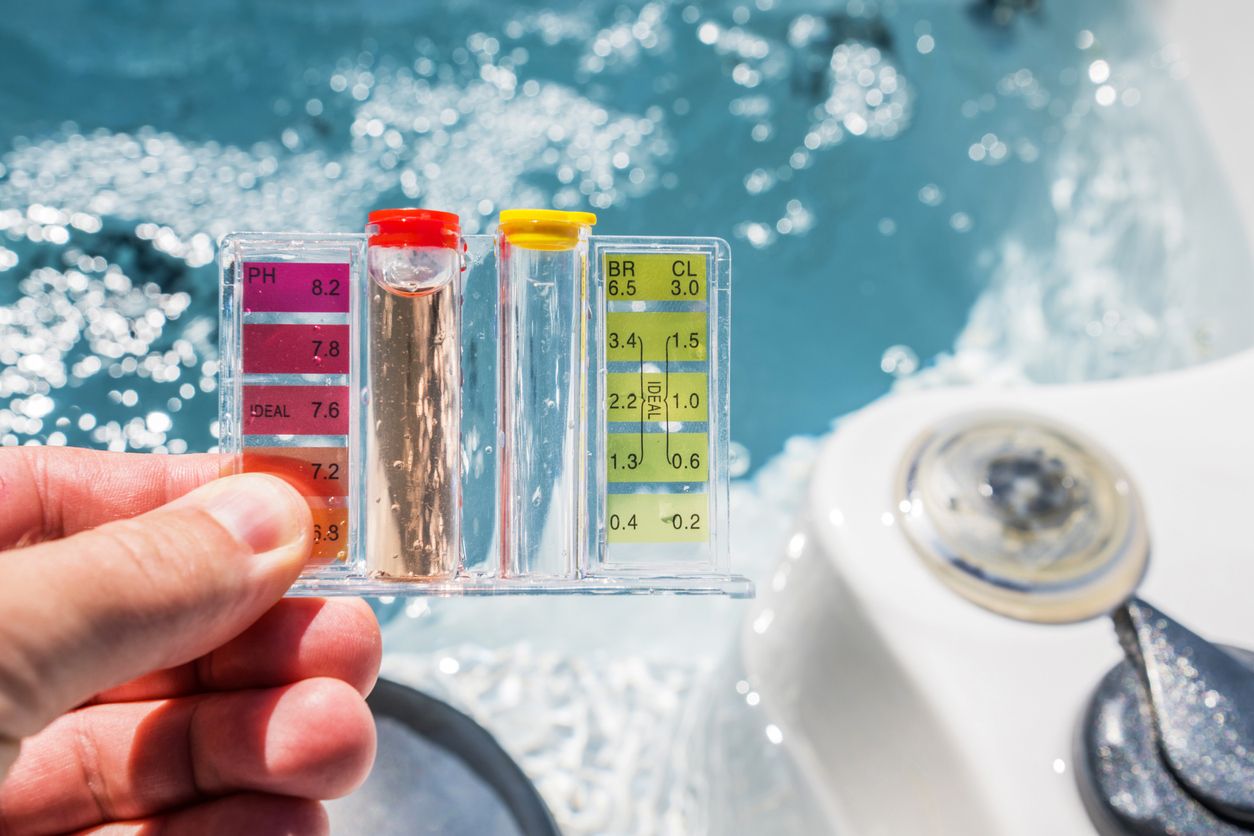

Pool & Spa Care
What Does PH Do In A Hot Tub
Modified: February 25, 2024
Learn how pH levels impact your hot tub with our pool and spa care guide. Discover the importance of maintaining the right pH balance for a clean and safe soaking experience.
(Many of the links in this article redirect to a specific reviewed product. Your purchase of these products through affiliate links helps to generate commission for Storables.com, at no extra cost. Learn more)
Introduction
Owning a hot tub is a luxurious and relaxing experience. Whether it's for unwinding after a long day or hosting a gathering with friends and family, a hot tub provides a soothing escape from the hustle and bustle of everyday life. However, to ensure that your hot tub remains a safe and enjoyable oasis, it's crucial to understand the importance of pH balance in its water.
Maintaining the proper pH level in your hot tub is essential for several reasons. From preserving the longevity of your hot tub equipment to safeguarding the health and comfort of its users, pH plays a pivotal role in the overall maintenance of your hot tub. In this article, we'll delve into the significance of pH in a hot tub, its effects on water quality, and the best practices for maintaining optimal pH levels. By the end, you'll have a comprehensive understanding of why pH balance is crucial for a pristine and enjoyable hot tub experience.
Key Takeaways:
- Maintaining the right pH level in your hot tub is crucial for safe and enjoyable soaking. It affects sanitizer effectiveness, user comfort, and equipment longevity, so regular testing and adjustments are essential.
- pH balance in your hot tub directly impacts water quality and user comfort. Keep pH levels within the ideal range of 7.2 to 7.8 through regular testing, adjustments, and proper sanitizer management.
Read more: How Do You Raise The PH In A Hot Tub
What is pH?
pH is a measure of the acidity or alkalinity of a solution, indicating the concentration of hydrogen ions present. The pH scale ranges from 0 to 14, with 7 being considered neutral. A pH below 7 signifies acidity, while a pH above 7 indicates alkalinity.
In the context of hot tubs, maintaining the pH level within a specific range is vital for several reasons. The ideal pH range for hot tub water typically falls between 7.2 and 7.8. This slightly alkaline range is conducive to both the effectiveness of sanitizers and the comfort of those enjoying the hot tub.
Understanding pH is crucial because it directly influences the chemical reactions that occur in the water. When the pH is too high or too low, it can lead to various issues, including reduced sanitizer efficiency, corrosion of hot tub equipment, skin and eye irritation, and cloudy or murky water.
Measuring pH is relatively straightforward and can be done using test strips or a digital pH meter. Regular monitoring and adjustment of pH levels are essential to ensure that the hot tub water remains within the recommended range, promoting a safe and enjoyable experience for all users.
Importance of pH in a Hot Tub
The pH level in a hot tub is a critical factor that influences both the water quality and the overall hot tub experience. Maintaining the proper pH balance is essential for several reasons:
- Sanitizer Efficiency: The effectiveness of sanitizers, such as chlorine or bromine, is directly impacted by pH levels. When the pH strays outside the recommended range, sanitizers become less effective at eliminating bacteria and other contaminants from the water. This can compromise the safety and cleanliness of the hot tub, potentially exposing users to harmful pathogens.
- User Comfort: Proper pH levels contribute to the comfort of hot tub users. Water that is too acidic or alkaline can cause skin and eye irritation, leading to discomfort and detracting from the relaxation and enjoyment of the hot tub experience.
- Equipment Longevity: Maintaining the correct pH level helps protect the hot tub equipment from corrosion and damage. When the water is too acidic, it can corrode metal components, including the heater and pump. Conversely, excessively alkaline water can lead to scale buildup, potentially clogging pipes and reducing the efficiency of the hot tub.
- Water Clarity: Proper pH levels contribute to clear and visually appealing water. When the pH is balanced, it helps prevent cloudiness or turbidity, ensuring that the water remains inviting and aesthetically pleasing.
By recognizing the significance of pH in a hot tub, owners can prioritize regular testing and adjustments to maintain the water within the recommended pH range. This proactive approach not only promotes a safe and enjoyable hot tub experience but also extends the longevity of the hot tub and its components.
Regularly test and adjust the pH level in your hot tub to maintain a safe and comfortable environment. pH levels that are too high or too low can cause skin and eye irritation, as well as damage to the hot tub equipment.
Effects of pH Imbalance in a Hot Tub
pH imbalance in a hot tub can lead to a range of undesirable effects, impacting both the water quality and the hot tub system itself. Understanding these effects is crucial for maintaining a safe, comfortable, and well-functioning hot tub environment.
- Sanitizer Inefficiency: When the pH deviates from the recommended range, the effectiveness of sanitizers diminishes. This can result in inadequate disinfection, allowing bacteria and other contaminants to persist in the water. As a consequence, users may be exposed to potential health risks, undermining the safety of the hot tub.
- Corrosion and Scale: A pH level that is too low (acidic) can corrode metal components within the hot tub, such as the heater, pump, and fittings. On the other hand, a pH level that is too high (alkaline) can lead to scale buildup, potentially clogging pipes and impeding the proper functioning of the hot tub system.
- User Discomfort: pH imbalance can cause discomfort for hot tub users. Water that is too acidic may result in skin and eye irritation, while excessively alkaline water can also lead to skin irritation and dryness. These effects can detract from the relaxation and enjoyment of the hot tub experience.
- Cloudy or Turbid Water: pH imbalance can contribute to cloudy or murky water, diminishing the visual appeal of the hot tub. This not only affects the aesthetics of the hot tub but also indicates potential water quality issues that may require corrective action.
By recognizing the effects of pH imbalance, hot tub owners can appreciate the importance of regular pH testing and maintenance. Proactive management of pH levels can mitigate these effects, ensuring that the hot tub water remains clean, clear, and comfortable for all users.
How to Maintain pH in a Hot Tub
Maintaining the proper pH level in a hot tub is essential for preserving water quality, ensuring user comfort, and safeguarding the longevity of the hot tub system. Fortunately, there are several effective methods for managing and adjusting pH levels to keep the water within the recommended range.
Here are some key strategies for maintaining pH in a hot tub:
- Regular Testing: Utilize pH test strips or a digital pH meter to regularly monitor the pH level of the hot tub water. Testing should be performed at least twice a week to ensure that the pH remains within the ideal range of 7.2 to 7.8.
- pH Adjustment: If the pH deviates from the recommended range, adjustments can be made using pH increasers (such as sodium carbonate) to raise the pH or pH decreasers (such as sodium bisulfate) to lower the pH. Follow the manufacturer’s instructions and make gradual adjustments to avoid overcorrection.
- Balancing Alkalinity: Total alkalinity acts as a buffer for pH, helping to stabilize and prevent rapid fluctuations in pH levels. Maintaining the total alkalinity within the range of 80 to 120 parts per million (ppm) can contribute to pH stability.
- Proper Sanitizer Management: Effective sanitation is crucial for maintaining pH balance. Ensure that the hot tub is adequately sanitized with appropriate levels of chlorine, bromine, or other sanitizing agents. Proper sanitation helps prevent organic contaminants that can influence pH levels.
- Consider Using pH Stabilizers: pH stabilizing products can help maintain the pH within the desired range by resisting fluctuations caused by factors such as rainfall, bather load, and other environmental influences.
- Consulting a Professional: If you encounter persistent pH issues or are unsure about managing pH levels, consider seeking advice from a professional pool and spa care provider. They can offer tailored recommendations and solutions based on the specific needs of your hot tub.
By implementing these strategies and staying proactive in pH management, hot tub owners can effectively maintain the desired pH levels, promoting a safe, comfortable, and enjoyable hot tub experience for all users.
Read more: How Do You Lower The PH In A Hot Tub
Conclusion
Understanding the role of pH in a hot tub is paramount for maintaining water quality, ensuring user comfort, and preserving the integrity of the hot tub system. By recognizing the importance of pH balance and its effects on the hot tub environment, owners can take proactive measures to manage and maintain optimal pH levels.
From influencing the effectiveness of sanitizers to safeguarding the comfort of hot tub users, pH plays a pivotal role in creating a safe and enjoyable hot tub experience. Regular testing, proper pH adjustment, and the management of total alkalinity are essential practices for maintaining the pH within the recommended range of 7.2 to 7.8.
By prioritizing pH maintenance and staying attentive to water chemistry, hot tub owners can mitigate the potential effects of pH imbalance, such as inadequate sanitation, equipment corrosion, user discomfort, and water cloudiness. Additionally, considering the use of pH stabilizers and seeking professional guidance when needed can further support effective pH management.
Ultimately, maintaining the proper pH level in a hot tub is a fundamental aspect of responsible hot tub ownership. By embracing the significance of pH balance and implementing best practices for pH maintenance, owners can create a pristine and inviting hot tub environment that promotes both relaxation and well-being for all who indulge in its rejuvenating waters.
Frequently Asked Questions about What Does PH Do In A Hot Tub
Was this page helpful?
At Storables.com, we guarantee accurate and reliable information. Our content, validated by Expert Board Contributors, is crafted following stringent Editorial Policies. We're committed to providing you with well-researched, expert-backed insights for all your informational needs.
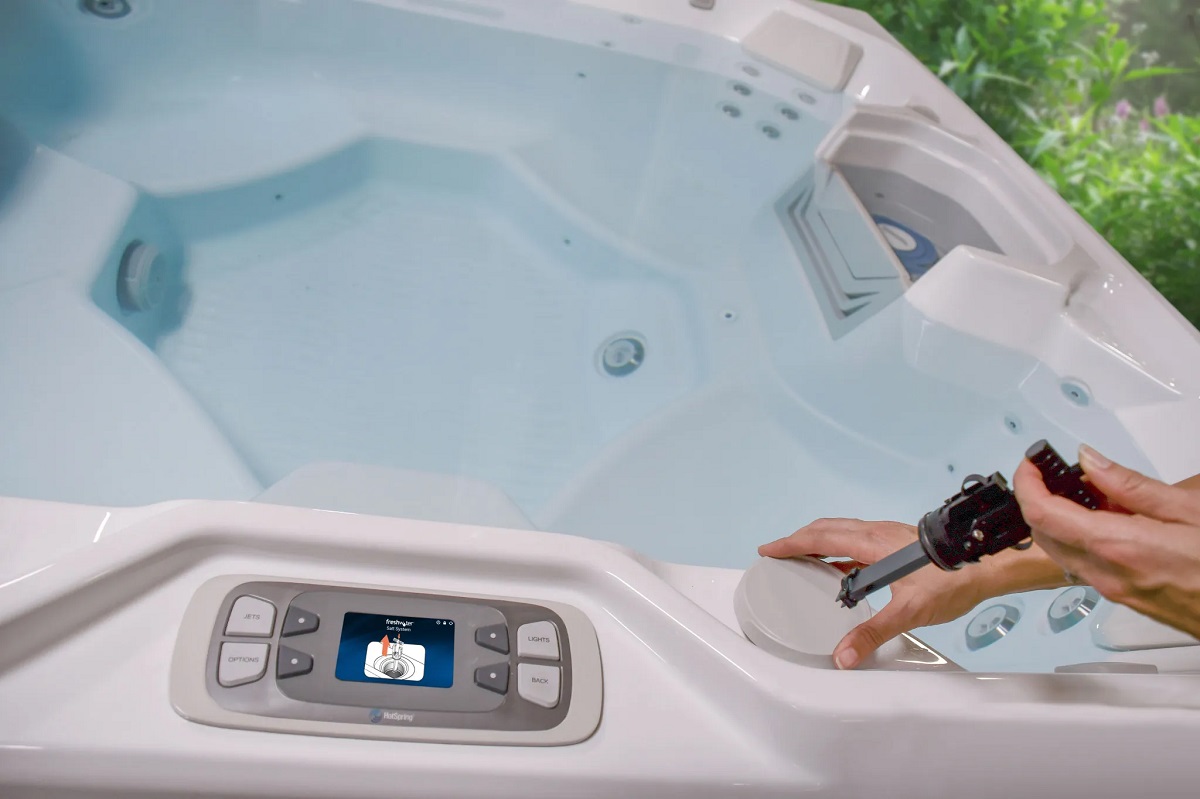


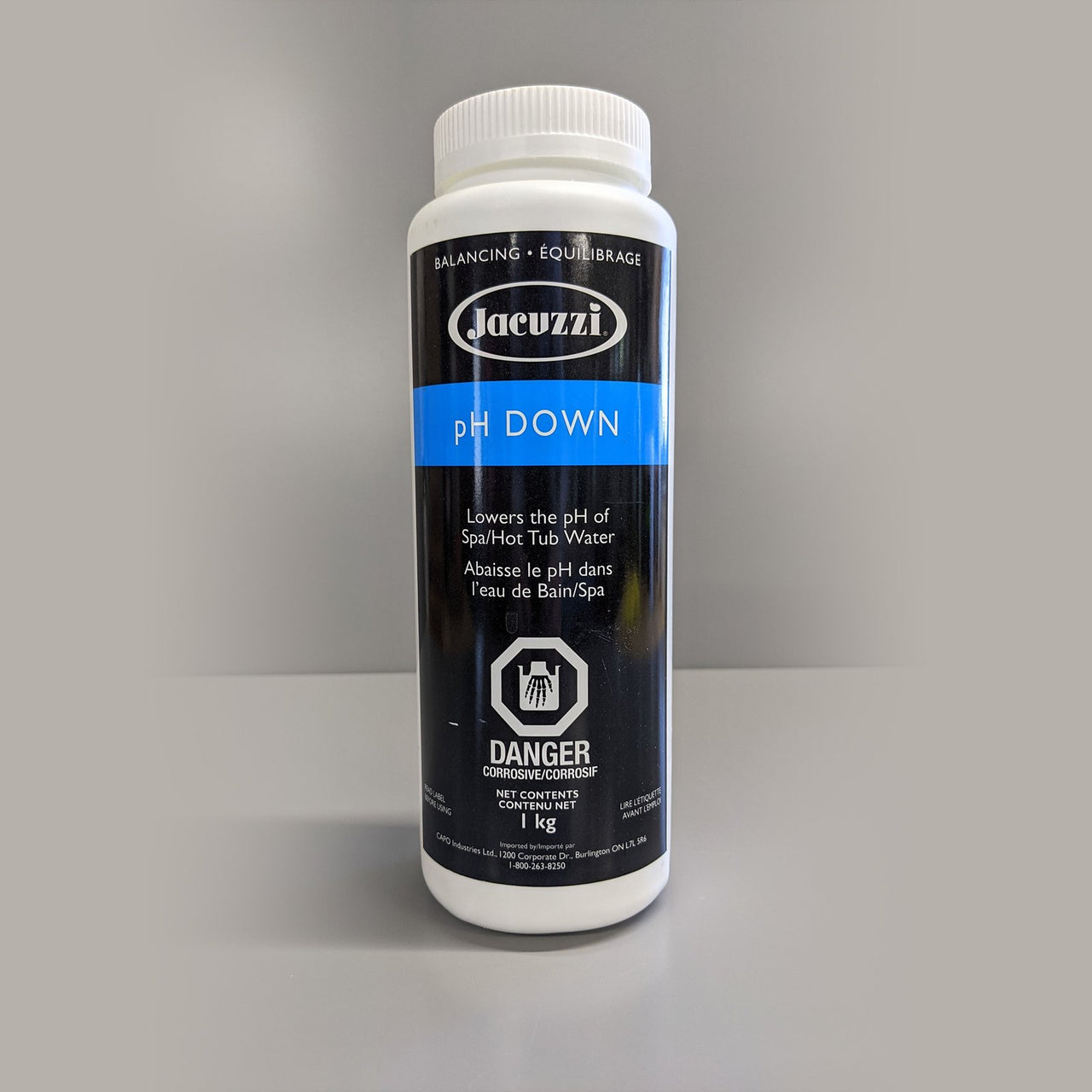
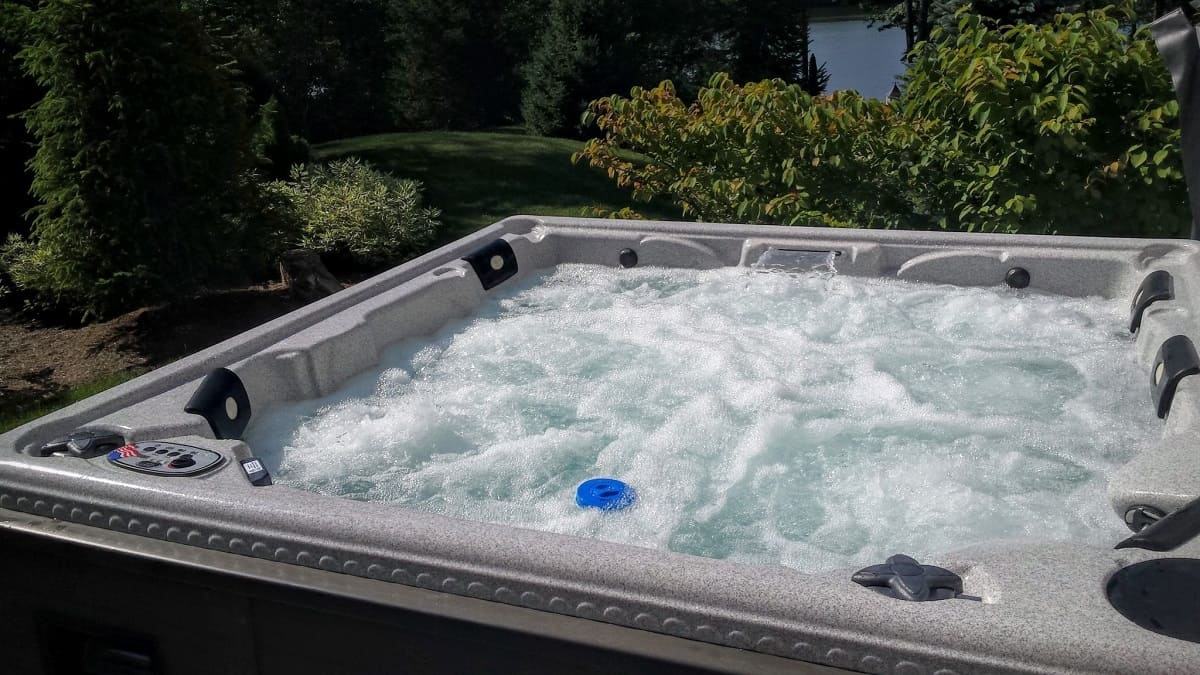
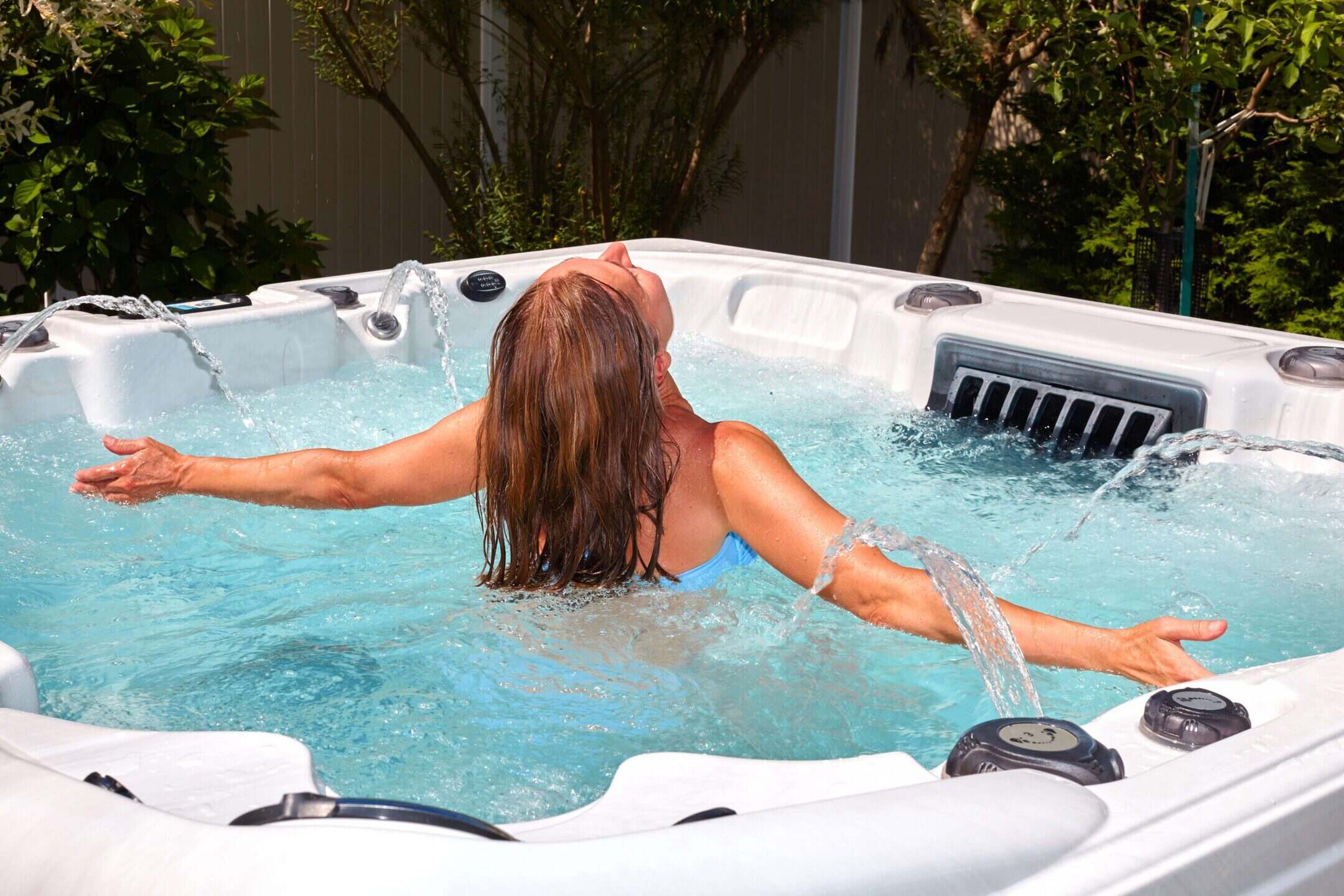
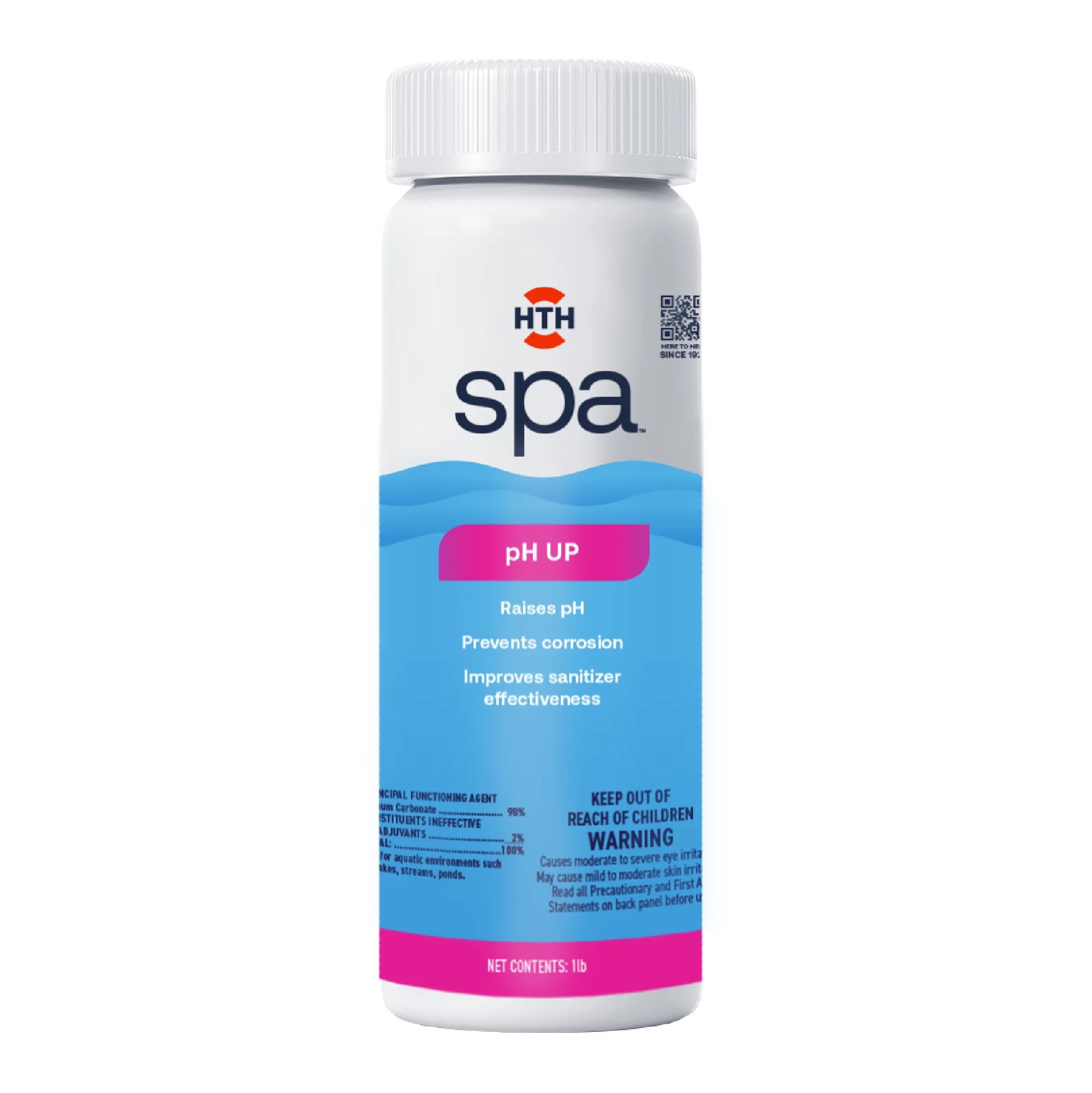
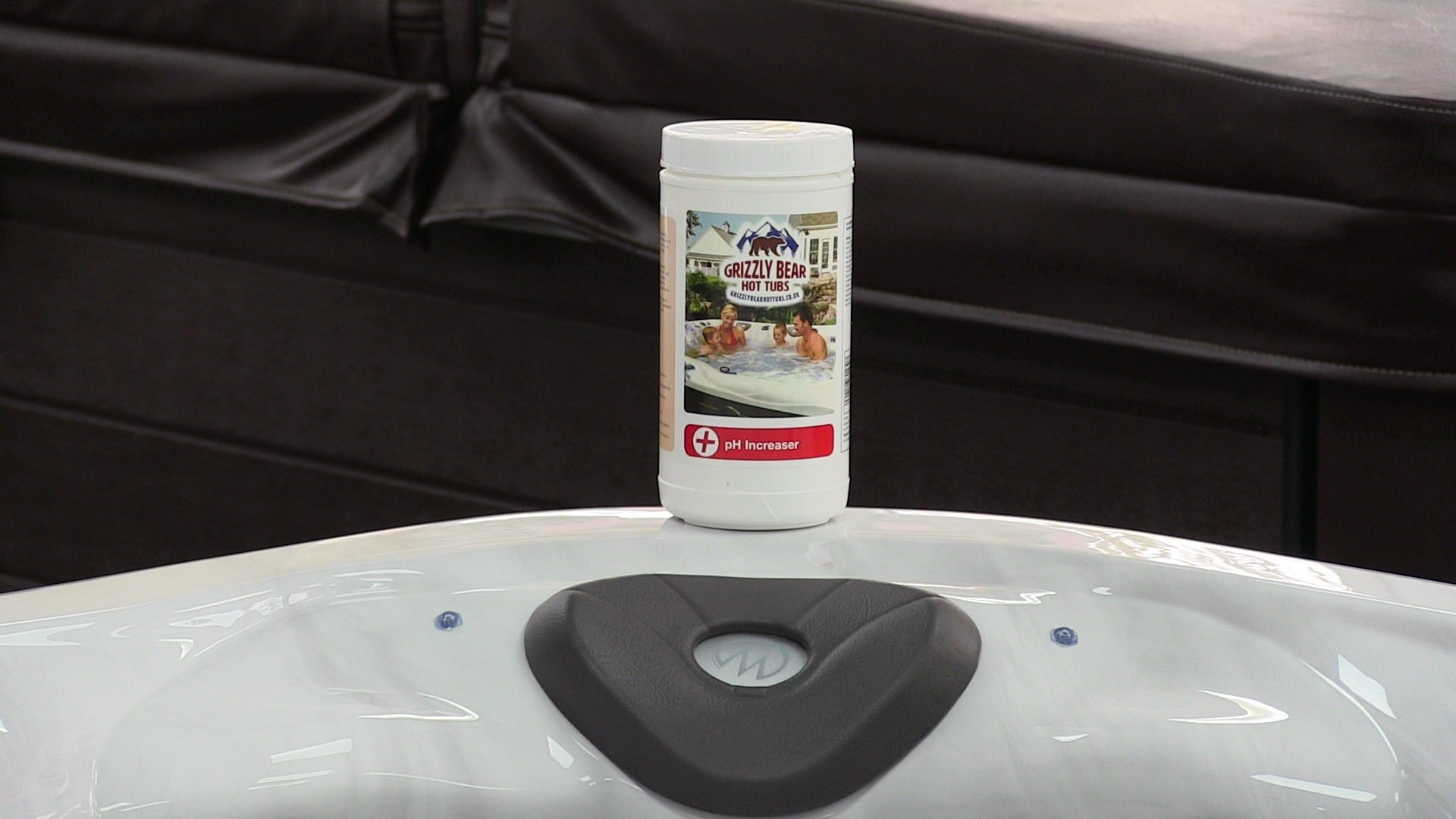
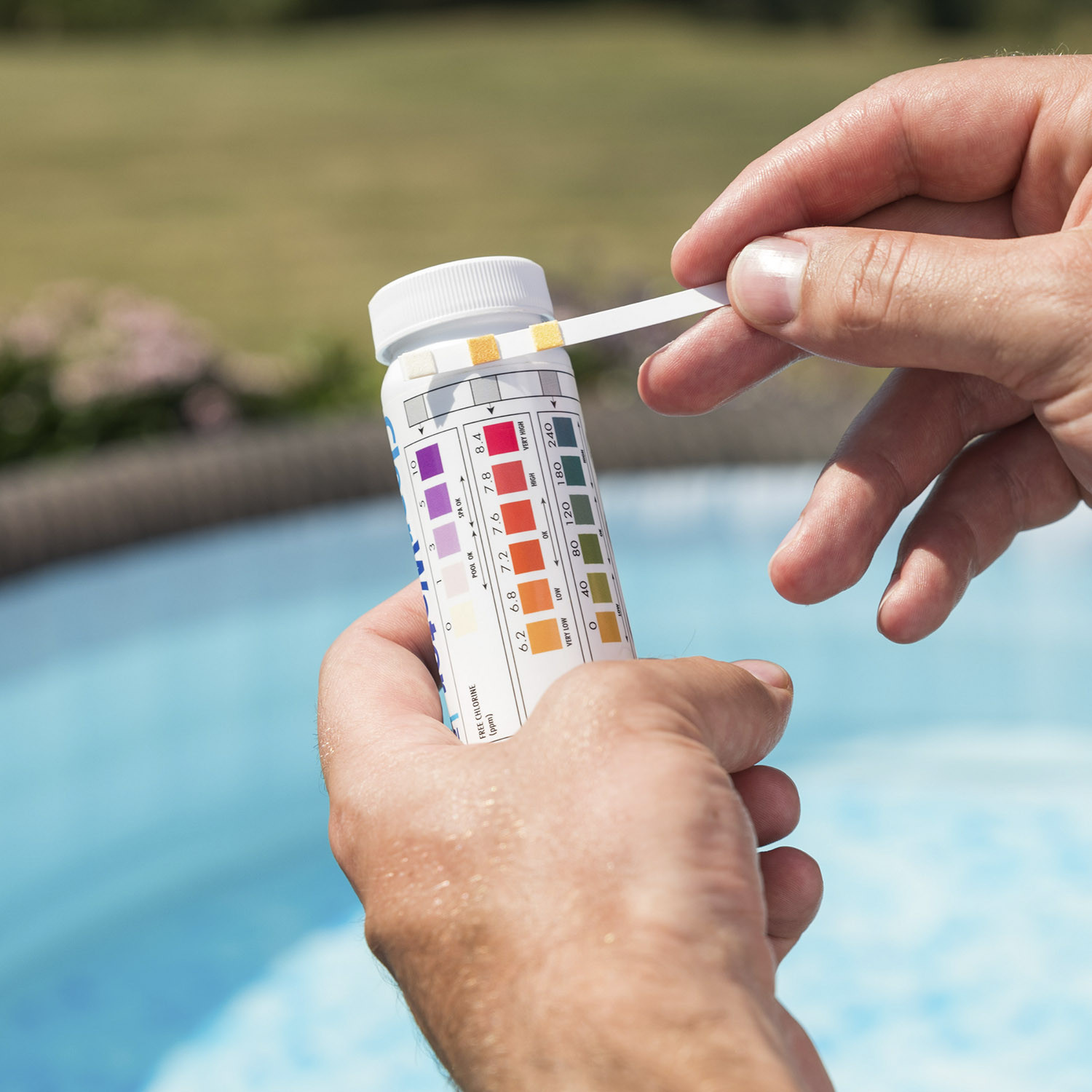
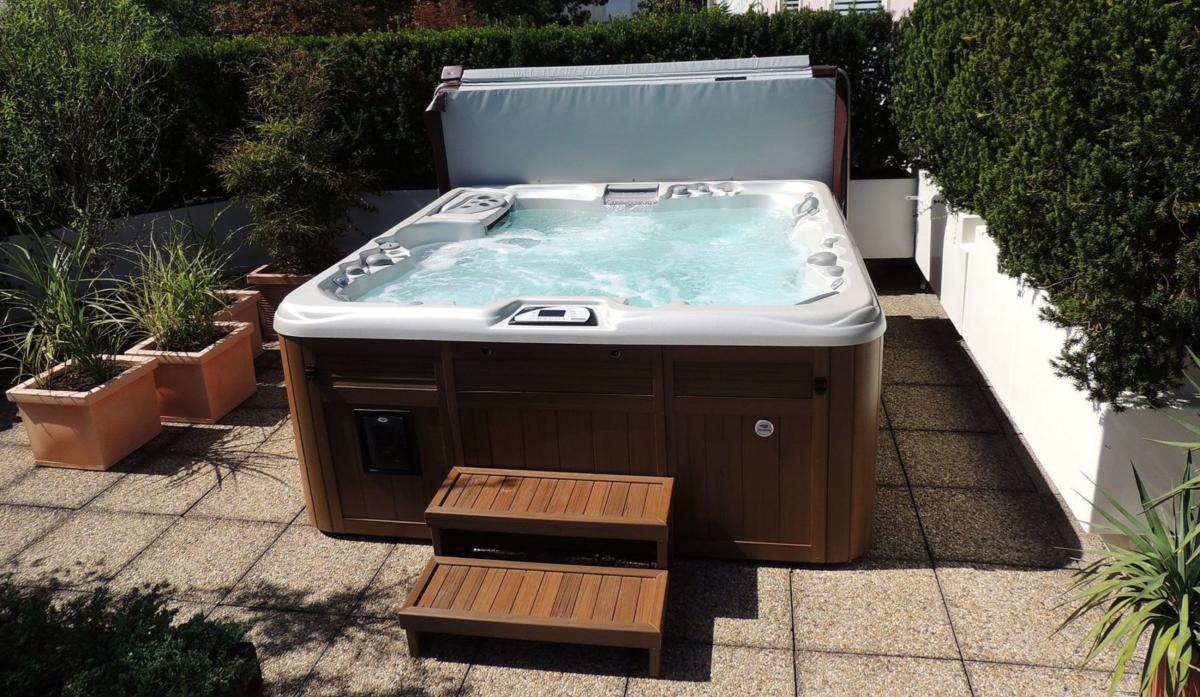
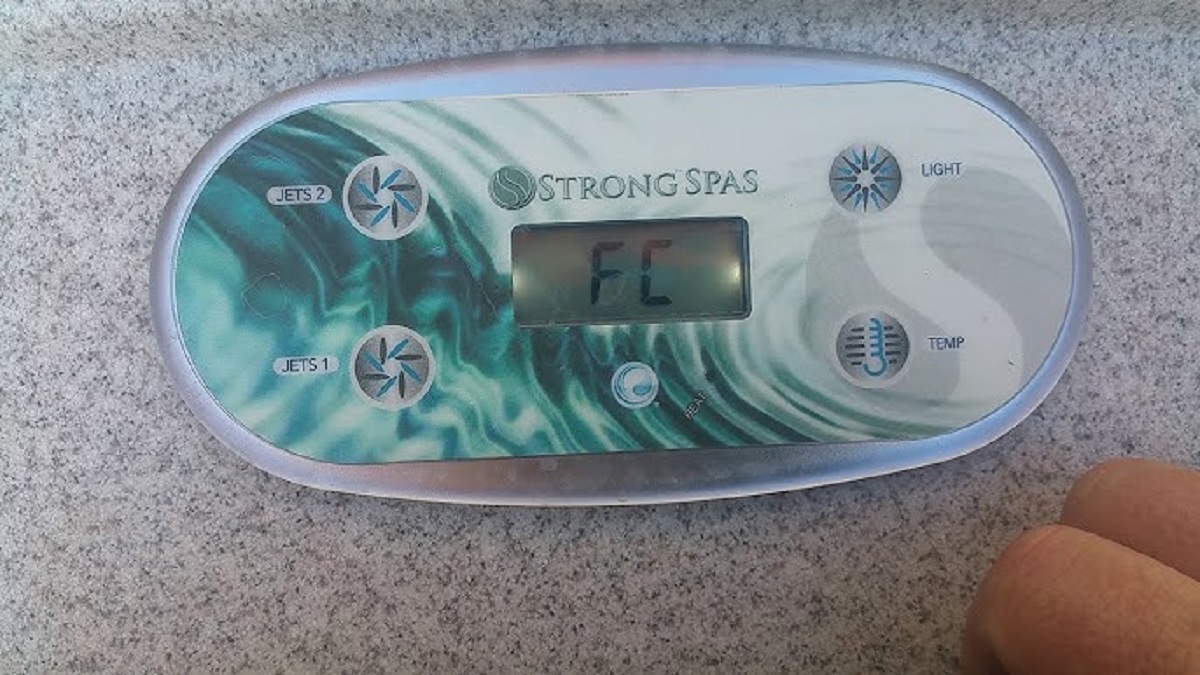

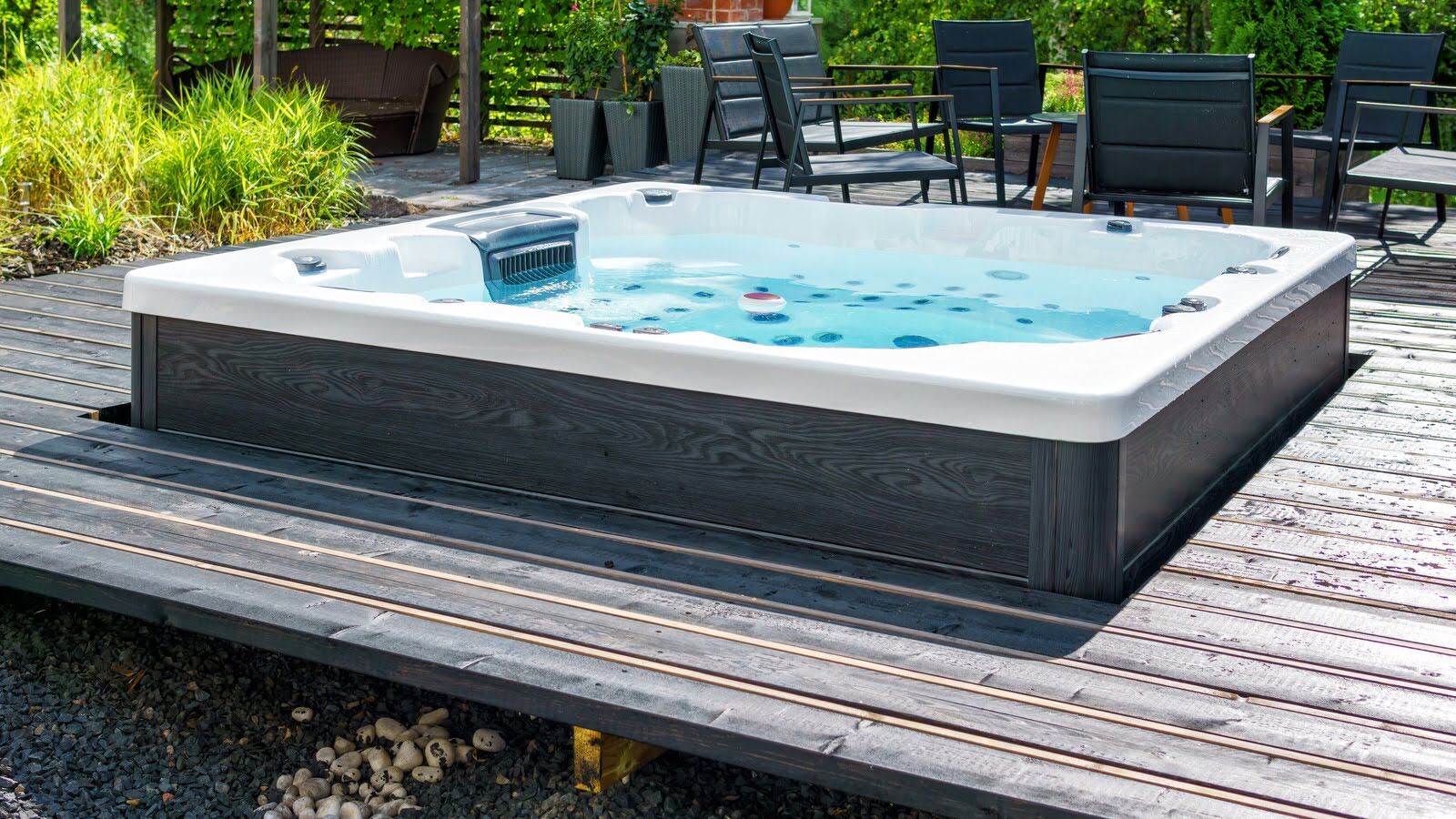
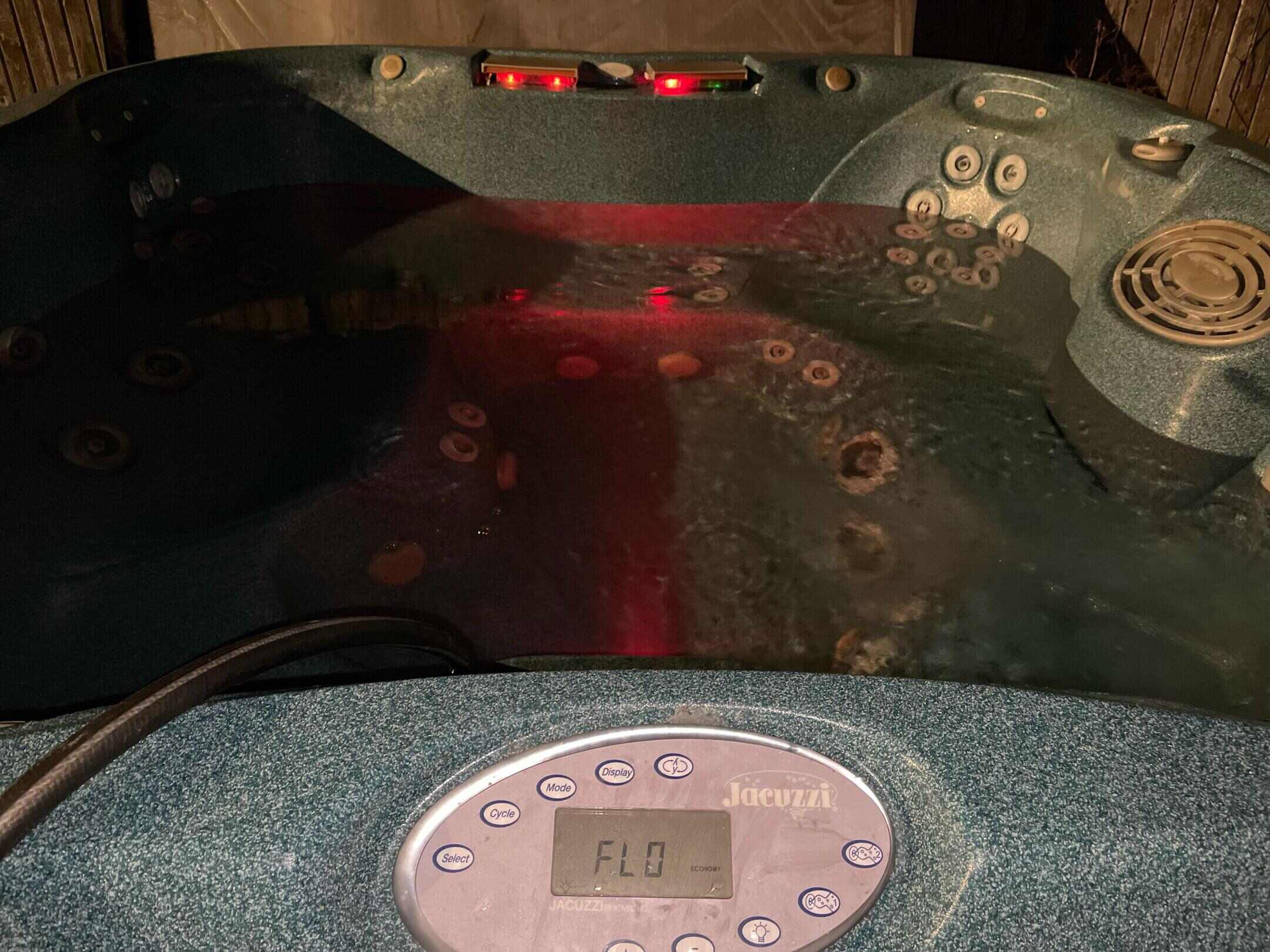

0 thoughts on “What Does PH Do In A Hot Tub”